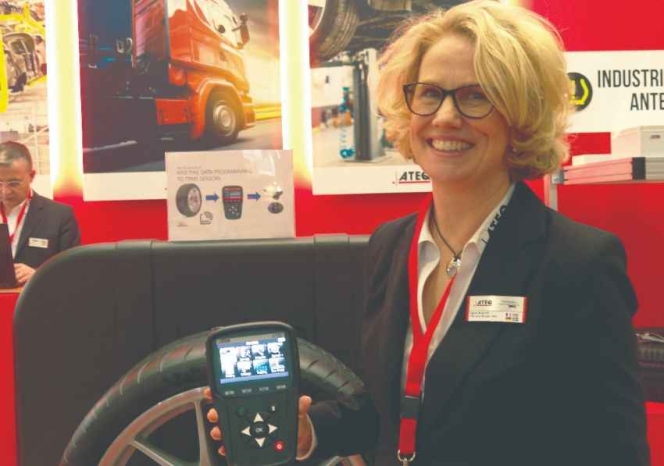
According to a research report, by 2026, TMPS penetration will up to 79% and 25.26 million units be installed from the installation 16.49 million units in 2019. China will be the main growth driver for the TPMS segment
Growing legal compulsions and focus on safety, comfort and fuel efficiency will drive demand for tyre pressure monitoring systems (TPMS), says Agneta Ronceret, EMEA TPMS Manager for OEM, truck and industrial markets at ATEQ.
 ATEQ is the leader in supplying a wide range of TPMS activation tools for tyre workshops and assembly lines at auto manufacturing plants across the globe. ATEQ’s TPMS range covers simple TPMS triggering tools, TPMS reset tools, complete TPMS relearn tools and more advanced TPMS diagnostic and programming tools, which can either be used autonomously or in combination with an OEM scan tool. The company’s TPMS decoding tool can trigger or activate sensors, receive TPMS sensor information and send the TPMS sensor information to the vehicle’s ECU. The TPMS sensor information collected by the TPMS decoding tool includes the pressure within the tyre, the temperature of the TPMS sensor, the wheel rotating speed, the TPMS sensor unique ID, the battery status of the TPMS sensor, and more.
ATEQ is the leader in supplying a wide range of TPMS activation tools for tyre workshops and assembly lines at auto manufacturing plants across the globe. ATEQ’s TPMS range covers simple TPMS triggering tools, TPMS reset tools, complete TPMS relearn tools and more advanced TPMS diagnostic and programming tools, which can either be used autonomously or in combination with an OEM scan tool. The company’s TPMS decoding tool can trigger or activate sensors, receive TPMS sensor information and send the TPMS sensor information to the vehicle’s ECU. The TPMS sensor information collected by the TPMS decoding tool includes the pressure within the tyre, the temperature of the TPMS sensor, the wheel rotating speed, the TPMS sensor unique ID, the battery status of the TPMS sensor, and more.
TMPS legal requirement was introduced in 2008 after Firestone recalled more than 6.5 million vehicles due to tread separations. As per the first version of the Tread Act, from 2008, all passenger vehicles and light trucks with GVWR of 10,000 lbs and less should be equipped with a TPMS. Europe, in 2012, too formulated EU TPMS regulations to make to TPMS compulsory in all new passenger vehicles from November 2014.
As of now the European Union, the United States, South Korea and China have already made TPMS mandatory in the vehicles, while other countries such as Japan, Indonesia, India, the Philippines and Malaysia are in the process to introduce TMPS legislation in the respective markets soon.
“Many countries and auto companies have a vision of zero road accidents or casualties. Followed by the US and Europe, other major markets, such as China, which is the largest automotive market, have also made TMPS mandatory. Multiple companies are also voluntarily implementing TPMS in their vehicles to optimize safety, mileage, and comfort. These trends will drive the growth for the TMPS market,” Ronceret told Tyre Trends.
According to a research report, by 2026, TMPS penetration will up to 79% and 25.26 million units be installed from the installation 16.49 million units in 2019. China will be the main growth driver for the TPMS segment.
Ronceret was appointed to the position last year to tap growing demands of the OEM, Truck and Industrial segments for Europe, Middle East, Africa and Australia and New Zealand regions. “There are lots of new activities that are happening in the OEM, Truck and Industrial segments. We have different objects for different segments. As the market grows and technology changes, ATEQ will bring innovations to increase our presence in the OEM, Truck and Industrial markets,” Ronceret said.
Air inflation
Tyres are the only component of the vehicle that touches the road. From safety and comfort and mileage largely depend on the air inflation in the tyres. Generally, a tyre naturally loses 0.2 atmospheres (2.9 PSI) every three months, and a slow puncture precedes 85% of all tyre blasts. Inappropriate tyre cause to the instability of the vehicle, and less mileage and the total life of tyres.
According to a study, around 30% of underinflated tyres increase fuel consumption by 5%. NHTSA, US EPA and US GAO studies say that in the US alone the overall deterioration in fuel economy due to underinflated tyres is 3.3% and the average annual wasted fuel is between 1.2 and 2.8 billion gallons. Over 2 billion gallons of fuel are wasted in Europe annually due to underinflation, as per Bridgestone Europe. At the same time, tyre life reduces by 50% if it runs at 20% under-inflation.
A TPMS updates the driver on air pressure conditions of the tyres. Inside the tyre, behind the valve, sensors measure pressure and temperature all the time, and as soon as the tyre pressure starts to drop, the sensors begin omitting alert signals to the ECU.
There are two types of TPMS sensors, direct and indirect. Using the TMPS inside the wheel, the direct TPMS sensor, mounted on the wheels or tyre, reports accurate data on tyre pressure to the ECU. The direct TPMS systems are used European, the US and Asian markets.
Based on the ABS sensors, the in-direct TPMS system analyses the acceleration of the tyre and if the dimension of the tyre changes, so will the acceleration of the tyres. The ABS sensors notice the changes in the dimension of tyres and indicate the same. “The direct the TPMS is more precise as it gives you real-time data on pressure, whereas the ABS sensors only give you an indication,” said Ronceret.
Today the company operates in the three TMPS segments- Workshop Tools, Truck TPMS and Industrial TPMS.
ATEQ workshop tools are used in OEM garages and vehicle workshops for activating, diagnosing, programming and fitting TPMS valves and sensors. The workshop tools also help to replace the broken sensors in the tyre and even programme the sensors. “There are companies that make universal sensors, so ATEQ TPMS tools help to write programmes for those sensors. The tools also help to pair the sensors with the ECU,” explained Ronceret.
Revenue-wise, the workshop tool is segment is the largest business for ATEQ. “For the workshop tools, we have to be evolutive. A bigger challenge for the company is to have the compatible tools for the existing and future vehicles,” said Ronceret.
The industrial tools, fitted at one place, are used in the vehicle production line to check whether tyres are accurately inflated before mounting on the vehicles.
ATEQ has a comprehensive range of TPMS control equipment for small to large manufacturing. On the assembly lines, its TPMS test antennas are key for the installation of TPMS sensors and the pairing of TPMS sensors with the vehicle’s ECU. The company supplies customized TPMS tools test TPMS sensors on OEM light vehicle and truck production lines, as well as wheel and tyre assembly lines, laboratories and test benches all over the world.
In trucks, a 10 PSI, less air pressure increases, rolling resistance by 2%, while industry surveys show that consistent proper tyre inflation in truck tyres would increase fleet wear by 17%. Today, understanding the importance of the right tyre pressure, now many fleet companies have installed TPMS systems to improve the total cost of ownership. For the European truck industry, the company provides the ATEQ VT TRUCK tool, which checks tyre pressure and sensor batteries to prevent under-inflation and reduce vehicle downtime due to tyre blowouts. The tool is compatible with most European truck and bus TPMS sensors and benefits from a continually growing vehicle coverage, thanks to frequent database updates,
The company gets data from all OEMs to make sure it is updated with the times. “We have all data since we work with OEMs since the integration at the production lines to the workshops. It is also essential of them to we can serve them all the times.” The company maintains confidentiality on the secured data. The tools deal with the information collected from sensors but do not store them.
Fornnax Inaugurates 12-Acre Global Hub For Recycling Innovation
- By TT News
- November 27, 2025
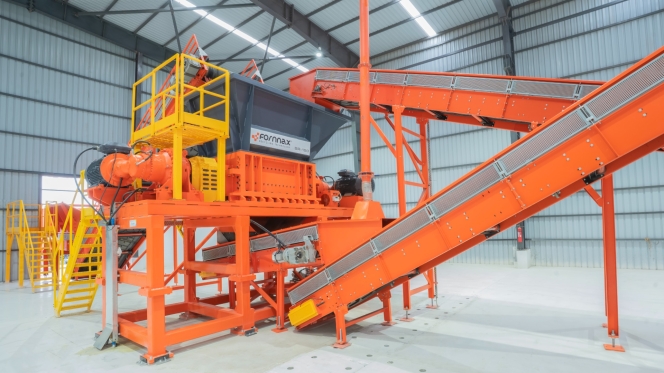
Fornnax has officially launched one of the world's largest integrated hubs for recycling innovation: a New Product Development centre and demo plant spanning over 12 acres. This facility is a critical milestone in the company's strategic vision to become a global leader in recycling solutions by 2030. It is designed to accelerate the advancement of recycling technology through a comprehensive, customer-focused approach.
The centre’s core function is its New Product Development framework, which is built upon a meticulous Gate Review Process. This system ensures precision from conception to completion. The journey begins with market research and ideation from the Sales and Marketing team, followed by a strategic review by the Leadership Team. The Design Team then creates detailed plans that are evaluated by Manufacturing, Service and Safety teams. After final approval, a functional prototype is built and subjected to a rigorous six to eight-month validation phase. The process concludes with design optimisation for mass production, officially launching the equipment for the global market. This method not just upgrades Fornnax's shredders and granulators – enhancing their capacity, energy efficiency and operational availability to 18–20 hours per day – but also validates the equipment for up to 3,000–15,000 hours under real-world conditions
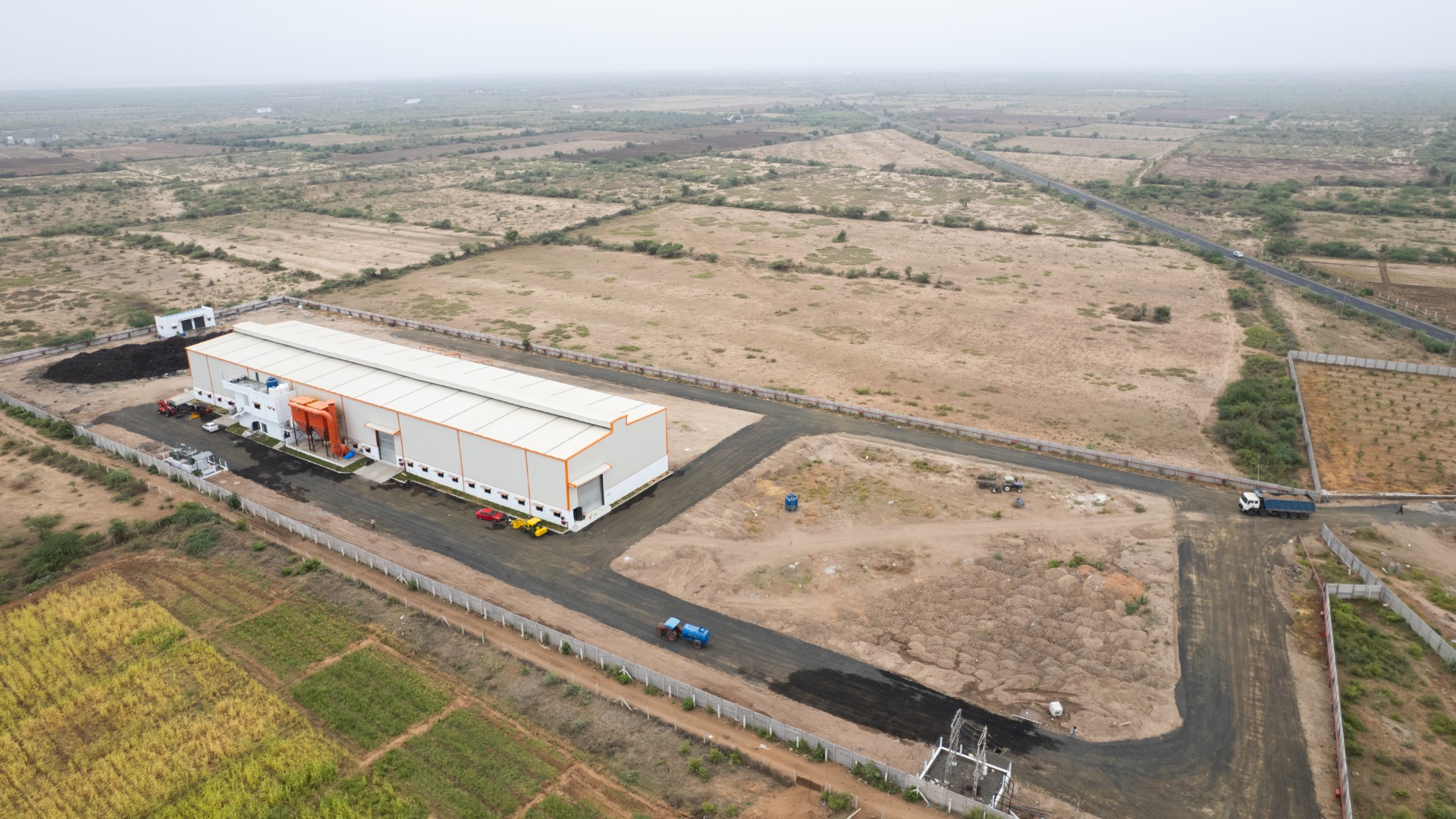
A key feature of the facility is its open-door policy for clients. Customers can bring their specific materials to the demo plant to test equipment performance across various machines and conditions, providing a risk-free environment for informed investment decisions. The centre will also drive research into emerging recycling applications, such as E-waste, cables and lithium-ion batteries, where specialised engineering teams will conduct feasibility studies to design tailored solutions.
Beyond technology, the facility includes an OEM training centre dedicated to developing a skilled workforce. The programme trains operators and maintenance engineers, who gain hands-on experience before being deployed to support Fornnax's customer base. The company will also deliver comprehensive corporate training to domestic and international clients, empowering them with the expertise for optimal plant operation and maintenance. By uniting R&D, testing and training under one roof, Fornnax is establishing a powerful foundation to scale its offerings and lead the next generation of recycling technology.
Jignesh Kundariya, Director and CEO, Fornnax, said, "Innovation in product development is the key to success of becoming a global leader. With this new facility, we now have the speed, flexibility and controlled environment to design, test and validate new technologies in just six to eight months, something that would take significantly 4–5 years at a customer site. Each machine will undergo validation according to global standards, with every critical part and assembly rigorously tested under Engineering Build (EB) and Manufacturing Build (MB) protocols. Our goal is to empower customers with clarity and confidence before they invest. This facility allows them to test their own materials under real-world conditions, compare machines and see results firsthand. It’s not just about selling equipment; it’s about building trust through transparency and delivering solutions that truly work for their unique needs.”
Smithers to Expand Rolling-Resistance Testing Capabilities in China
- By TT News
- November 21, 2025
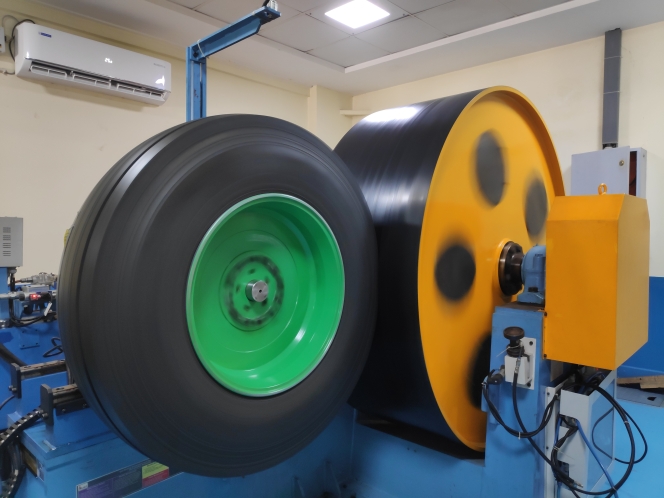
Smithers, the US-based testing and consulting group, is expanding its tyre testing operations in China with three new capabilities designed to better replicate real-world driving conditions. The investment will enhance the company’s rolling-resistance testing at its Suzhou tyre and wheel centre, strengthening its offering to global carmakers and tyre manufacturers.
The new features focus on factors that can influence vehicle energy loss, range, and overall efficiency—a growing concern as regulators tighten standards and EV makers push for longer driving range.
One new capability will allow rolling-resistance testing to be carried out with variations in slip and camber angles for passenger car and light truck tyres. Standard tests are performed at zero degrees, but even small changes in wheel alignment or body movement during real driving can affect energy consumption. The enhanced system lets customers study these effects and refine tyre designs accordingly.
Smithers is also adding high- and low-temperature rolling-resistance testing for truck and bus tyres, an extension of the temperature-controlled testing it introduced for passenger tyres in 2022. The company said demand has risen as manufacturers look to understand how cold weather affects range—a key issue for electric commercial vehicles.
A third new service will allow tyres to be tested together with chassis components such as half-shafts and brake discs. This gives OEMs independent data on how these parts contribute to overall resistance, helping them to identify where energy is being lost and to fine-tune vehicle efficiency.
All three capabilities are expected to be online by 1 December 2025.
“Smithers is seeing increased demand on a global scale for testing of tires and vehicles that more closely mimics real-world conditions,” said Derek Read, Vice President of Asia Pacific / Global Development, Materials Science and Engineering, Smithers. “These new capabilities are strategic investments into the refined, scenario-based testing our clients require to improve both tire and tire-chassis-vehicle system performance.”
Autonomous Robots Transform Continental Retreading Operations
- By TT News
- November 19, 2025
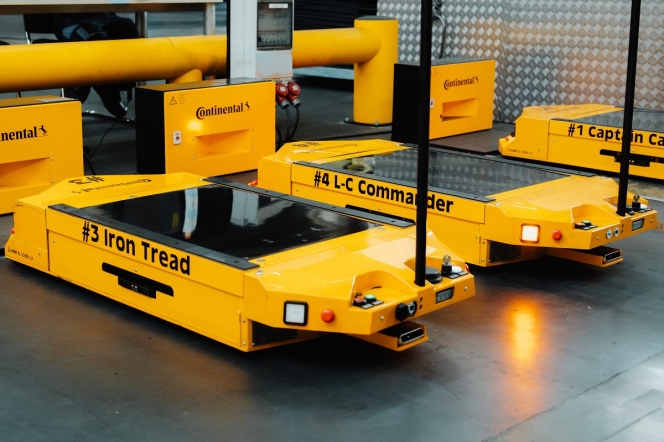
Continental's Hannover-Stöcken plant is pioneering a new era in sustainable manufacturing by seamlessly integrating advanced robotics into its core operations. Since their deployment in March 2025, a team of seven autonomous mobile robots (AMRs) has become the central nervous system for material transport, fundamentally reshaping the workflow for retreading truck and bus tyres.
This shift to automation has profoundly changed the human role on the production floor. Employees, once tasked with the physically strenuous job of manually moving heavy tyres using cranes and trolleys, are now focused on more cognitively demanding responsibilities. Their expertise is directed towards machine setup, process oversight and meticulous quality control, making their work more ergonomic and skilled.
The AMRs operate with sophisticated independence, navigating the production hall using a fusion of sensors, 360-degree cameras and AI-driven software. They efficiently ferry ‘green’ tyres between critical stages: from the building machine, where fresh rubber is applied, to the curing presses for vulcanisation and finally towards inspection. This automated coordination is digitally linked to the plant's order system, allowing for dynamic routing to optimise workflow and manage capacity.
This initiative is a cornerstone of Continental's global strategy to modernize tyre production through digitalisation and smart automation. The success in Hannover has already inspired the rollout of similar robotic solutions across the company's international network, from North America to Asia. The move aligns perfectly with the plant's sustainable mission, which is the ContiLifeCycle process itself. This process breathes new life into used tyre casings by carefully inspecting them, applying new tread rubber and vulcanising them to create a product that performs like new. The environmental benefit is substantial, as up to 70 percent of the original tyre's material is reused, significantly conserving resources.
The human element was crucial to the project's success. Continental ensured widespread employee acceptance through comprehensive training and even involved the workforce in christening the robots with creative names. This thoughtful approach has cemented the AMRs not as mere machines but as valued teammates in a shared mission to make tyre production more efficient, sustainable and future-ready.
Felix Hantelmann, head of the ContiLifeCycle plant, said, “Self-driving robots have been supporting our production workflow for six months now. They handle simple, repetitive transport tasks such as moving a tyre from one point to another. The robots are directly connected to our digital order system, so they know exactly where to go and how to coordinate with each other to get there. They are a valuable addition to our daily operations and help create a safe, efficient and ergonomically optimised production environment.”
Continental Deploys Vacuum Tech For Real-Time Tyre Wear Particle Analysis
- By TT News
- November 18, 2025

Continental's leadership in reducing tyre wear is fundamentally driven by its pioneering research into how particles are generated. A pivotal element of this strategy is the recently concluded OLRAP project, a collaboration with the Technical University of Braunschweig that broke new ground in real-world particle analysis. The research team engineered a complex experimental vehicle, outfitting it with a custom vacuum system and sensitive particle sensors. This innovative setup enabled the real-time collection and analysis of airborne particles directly at their source – the rolling tyre – under actual driving conditions. The resulting data, which for the first time correlates specific driving dynamics like aggressive acceleration and hard cornering with particle emissions, provides an unprecedented understanding of wear patterns.
This deep, data-driven insight is what directly fuels Continental's product development. By knowing precisely how and when wear occurs, engineers can make targeted optimisations to tread patterns and rubber compounds. The objective is to systematically design tyres that shed less material, thereby directly reducing their environmental footprint from abrasion. This development process rigorously maintains the critical safety and performance standards that drivers demand.
The tangible success of this research-to-development pipeline is confirmed by independent analysis, which shows Continental tyres abrade 11 percent less material than the competitor average. Furthermore, this proactive research and development strategically prepares the company for upcoming regulations like the Euro 7 standard, which will impose limits on tyre wear emissions. Beyond its own laboratories, Continental extends this commitment through cross-industry efforts, co-chairing the Tire Industry Project and contributing to public initiatives aimed at capturing tyre particles from road runoff. Through this integrated approach, Continental is leveraging fundamental scientific discovery to create more sustainable mobility solutions.


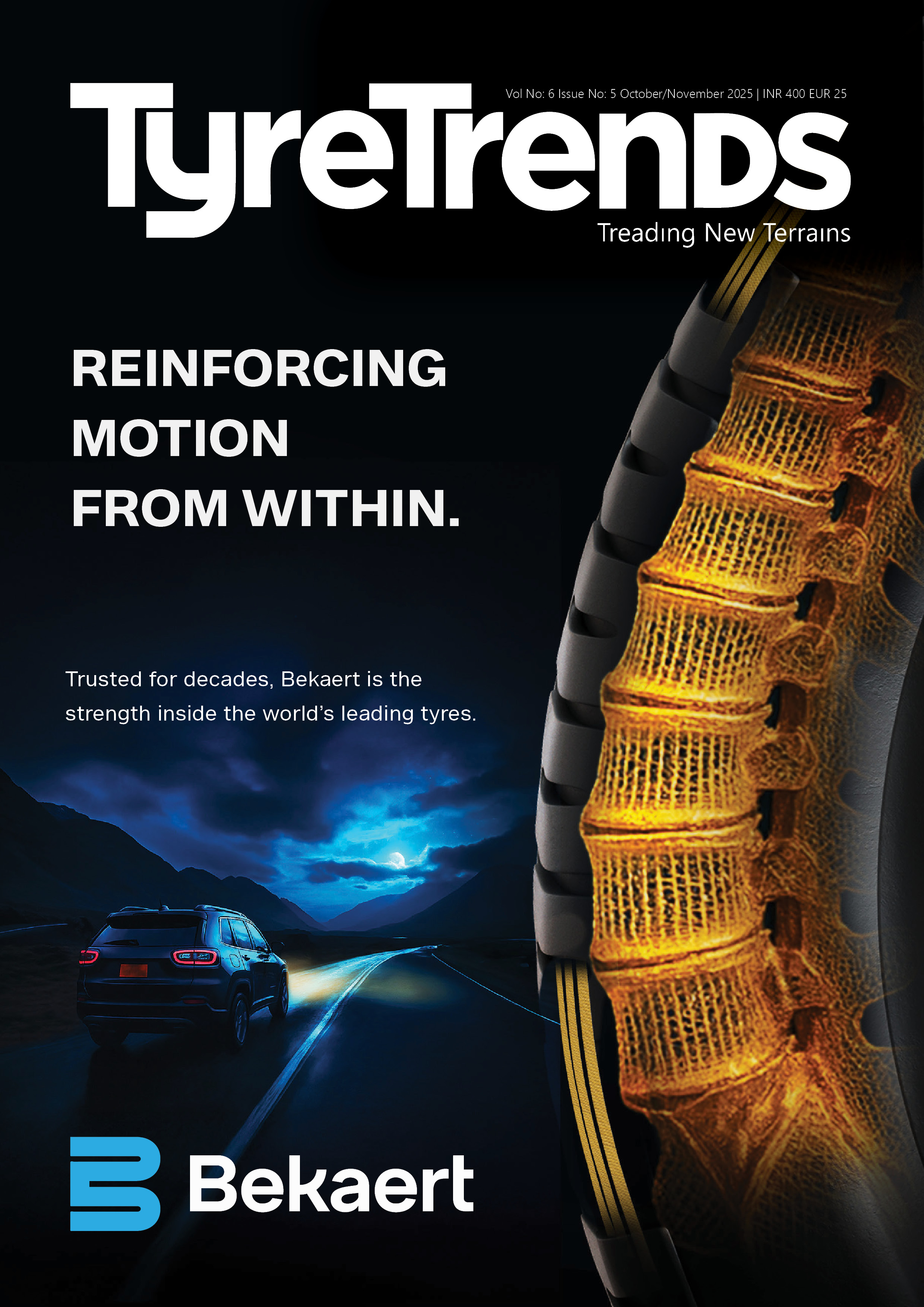




Comments (0)
ADD COMMENT